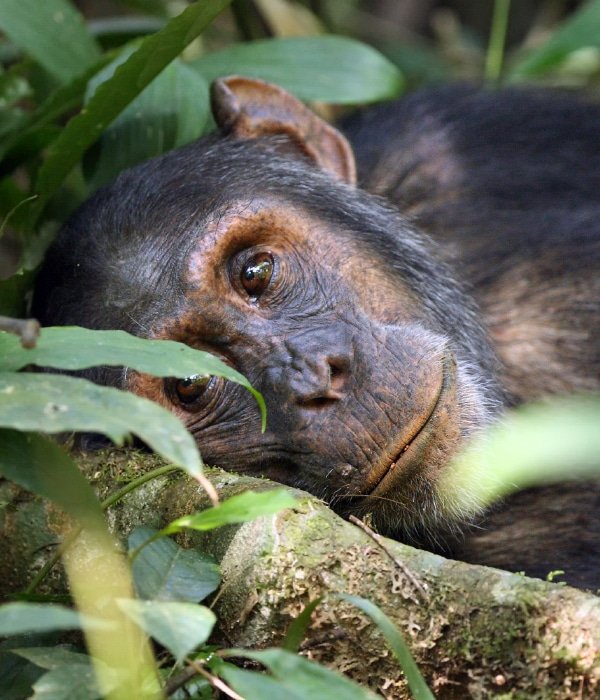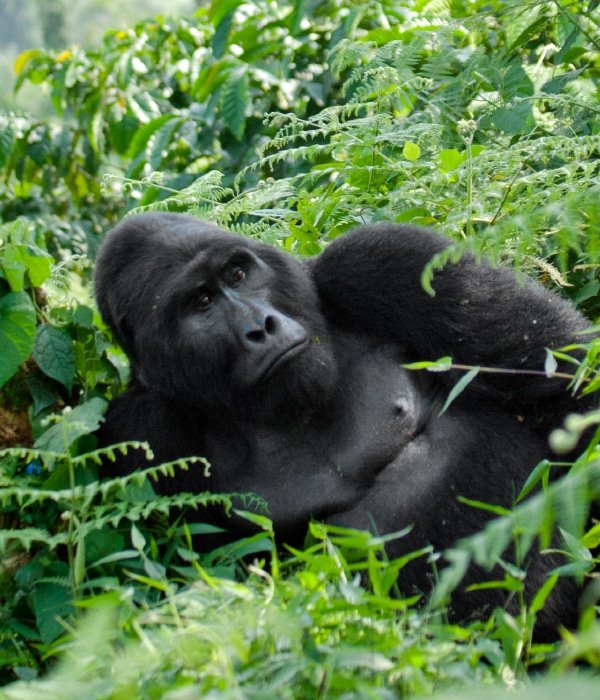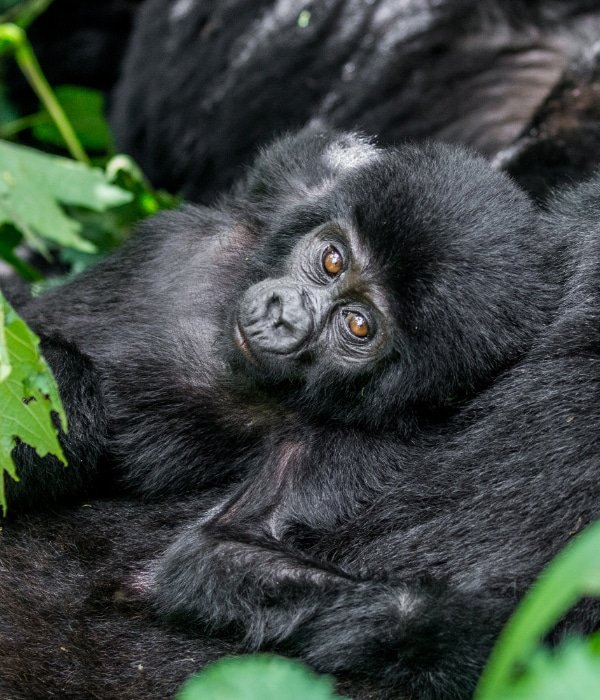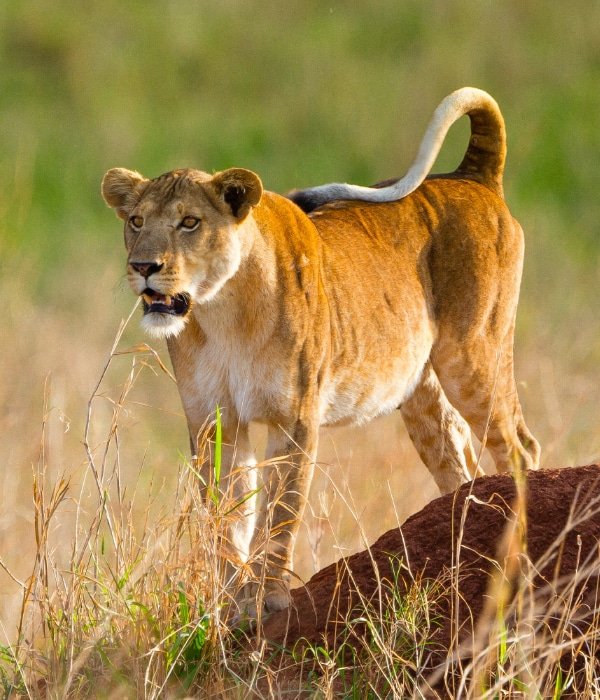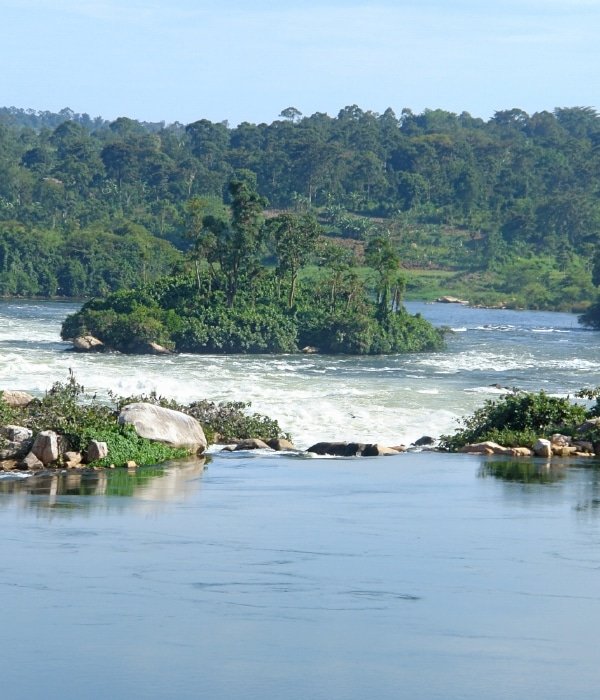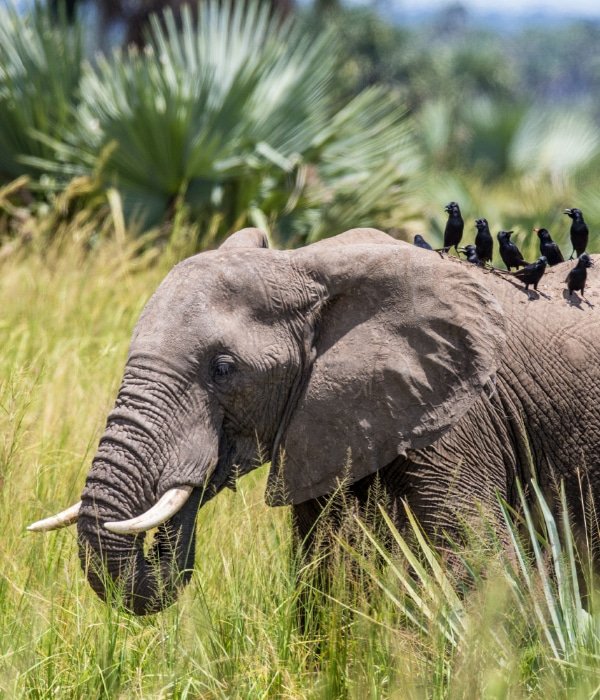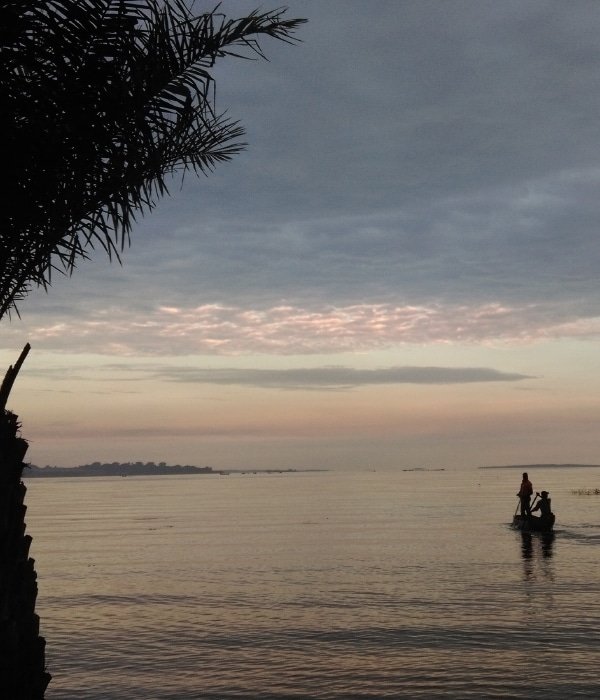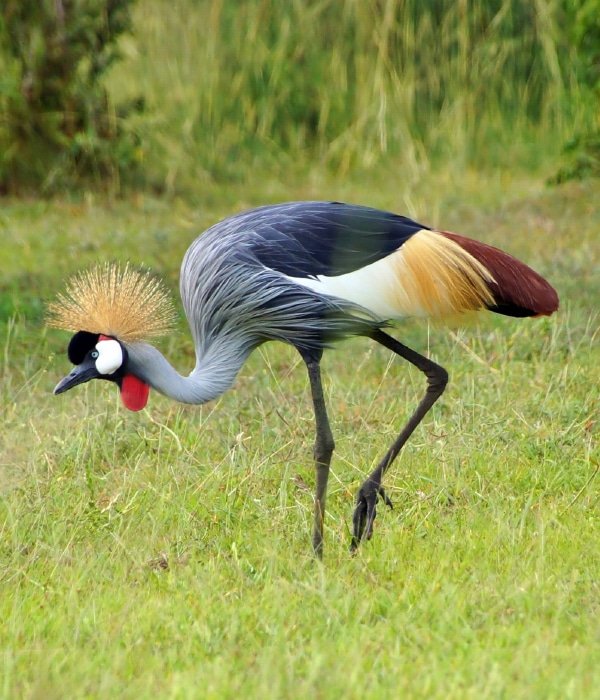Overview
Uganda lies astride the Equator in Eastern Africa, and is loved for its dense misty forests, snow-peaked mountains, glassy lakes and sprawling savannas. The country is landlocked and bordered by the Republic of South Sudan to the North, the Republic of Kenya to the East, the Democratic Republic of Congo to the West, and the United Republic of Tanzania and the Republic of Rwanda to the South. What Uganda lacks in volume, it more than makes up with variety.
When Winston Churchill travelled here and saw the beautiful landscape with the snow-capped Rwenzori Mountains, Lake Victoria, the dense misty forests, the waterfalls of Murchison Falls National Park and the tea plantations, he gave it the name “The Pearl of Africa”.
Whether it’s rafting the Nile for a world-class adrenaline adventure or tracking mountain gorillas in their misty habitat, Ikewana will ensure that you will have an incredible and life-enriching experience in Uganda.
Uganda's Climate
Although Uganda is located on the equator, its climate is warm rather than hot, and temperatures vary little throughout the year. For the majority of the year, i.e. between April and November, temperatures range between 16 – 26ºC (60.8 – 78.8ºF). However, during the warmer months from December to March, temperatures reach in excess of 30ºC (86 Fahrenheit). Evenings can feel chilly after the heat of the day with temperatures around 12 – 16ºC (54 – 61°F). Most regions of Uganda, apart from the dry area in the north, have an annual rainfall of between 1 000mm and 2 000mm. There is heavy rain between March and May, and between October and November, when road travel can become difficult in parts of the country.


